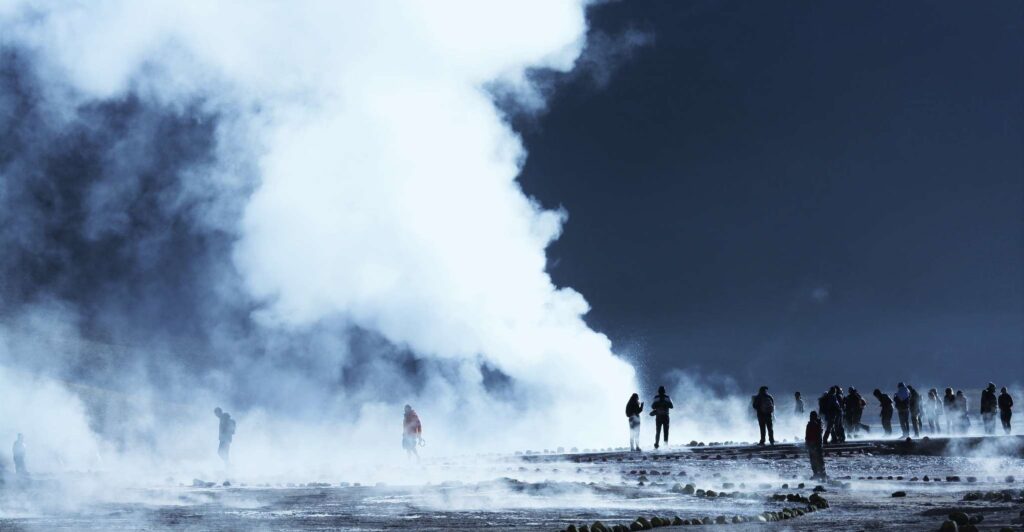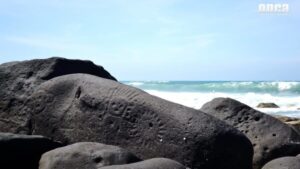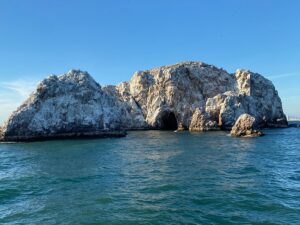Exploring El Tatio Geysers in Atacama Desert, Chile
Nestled in the heart of the Atacama Desert in Chile, the El Tatio Geysers offer a breathtaking spectacle of geothermal activity. This natural wonder is one of the highest geyser fields in the world, providing visitors with a unique opportunity to witness the raw power of the Earth. Whether you’re a nature enthusiast, a photographer, or simply someone looking to experience something extraordinary, El Tatio is a must-visit destination.
What to See at El Tatio Geysers
El Tatio is home to over 80 active geysers, making it the third-largest geyser field in the world. The best time to visit is early in the morning, around sunrise, when the geysers are most active and the steam columns are most visible against the cold morning air. As the sun rises, the landscape transforms, offering stunning views of the surrounding Andes Mountains. Besides the geysers, you can also explore bubbling mud pools and hot springs. The area is rich in wildlife, so keep an eye out for vicuñas, flamingos, and other native species that roam the desert.
A Bit of History and Interesting Facts
The name “El Tatio” comes from the Quechua language, meaning “the grandfather.” The geysers have been a significant part of the local indigenous culture for centuries. The Atacama Desert itself is one of the driest places on Earth, yet it supports a surprising diversity of life. The geothermal field is situated at an altitude of over 4,300 meters (14,100 feet), which means visitors should be prepared for the effects of high altitude. Interestingly, the geysers are powered by volcanic activity from the nearby Tatio Volcano, which is part of the Andes mountain range.
Getting There and Tips for First-Time Visitors
El Tatio is located about 90 kilometers (56 miles) north of San Pedro de Atacama, the nearest town. Most visitors opt for guided tours, which typically include transportation, a knowledgeable guide, and sometimes breakfast. If you prefer to drive, a 4×4 vehicle is recommended due to the rough terrain. The journey takes about 1.5 to 2 hours, and it’s advisable to leave early to catch the geysers at their most active.
For first-time visitors, it’s important to dress in layers. The early morning temperatures can be freezing, but it warms up quickly as the sun rises. Bring plenty of water, sunscreen, and a hat to protect yourself from the high-altitude sun. Be mindful of the altitude; take it slow and listen to your body to avoid altitude sickness. Lastly, respect the natural environment by staying on designated paths and not disturbing the wildlife.








